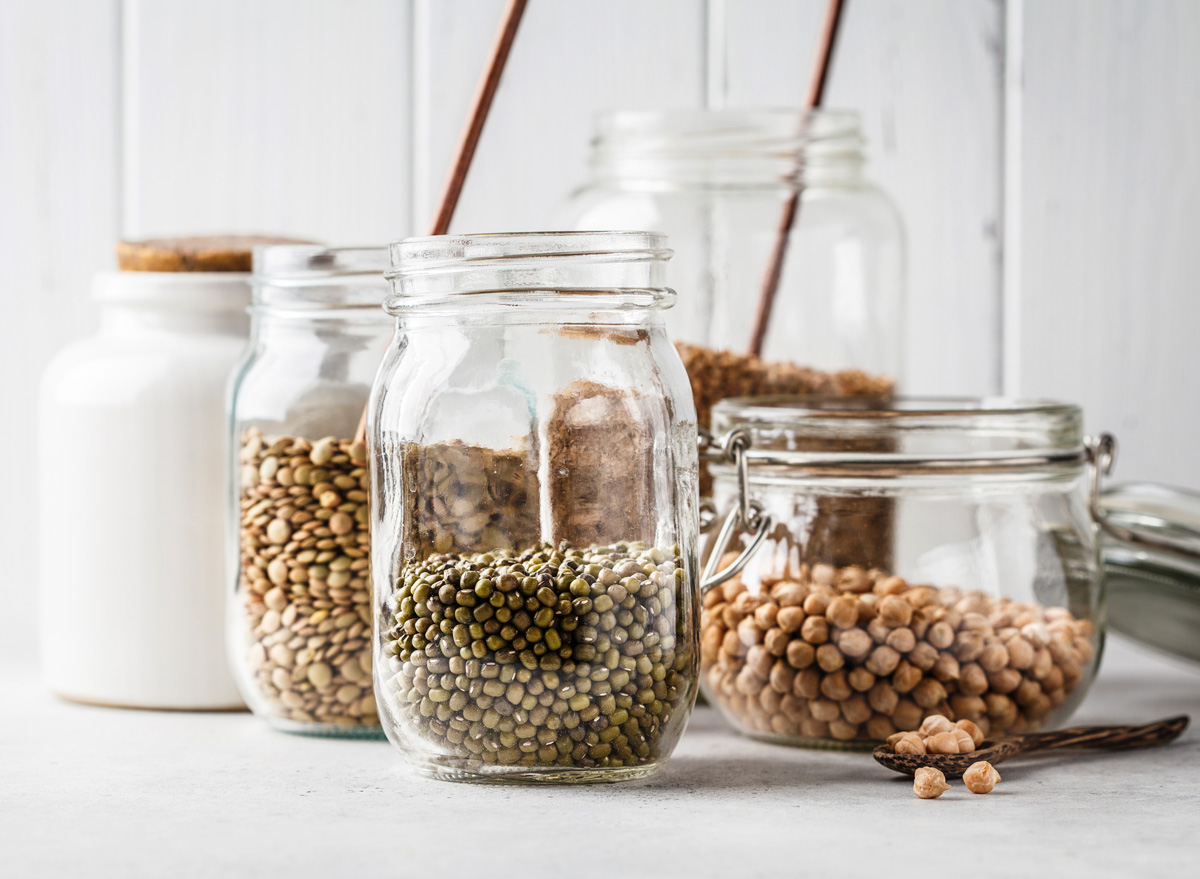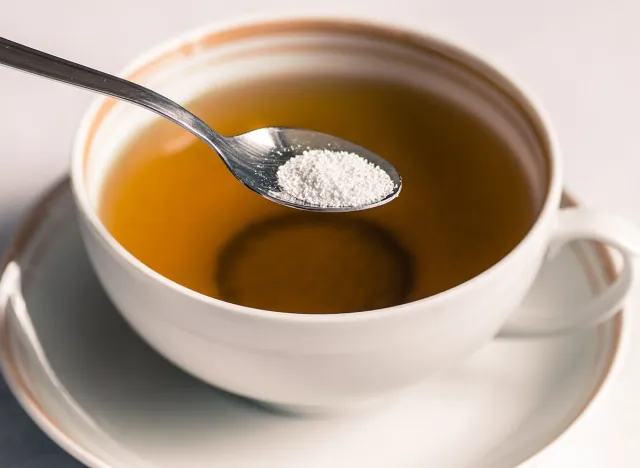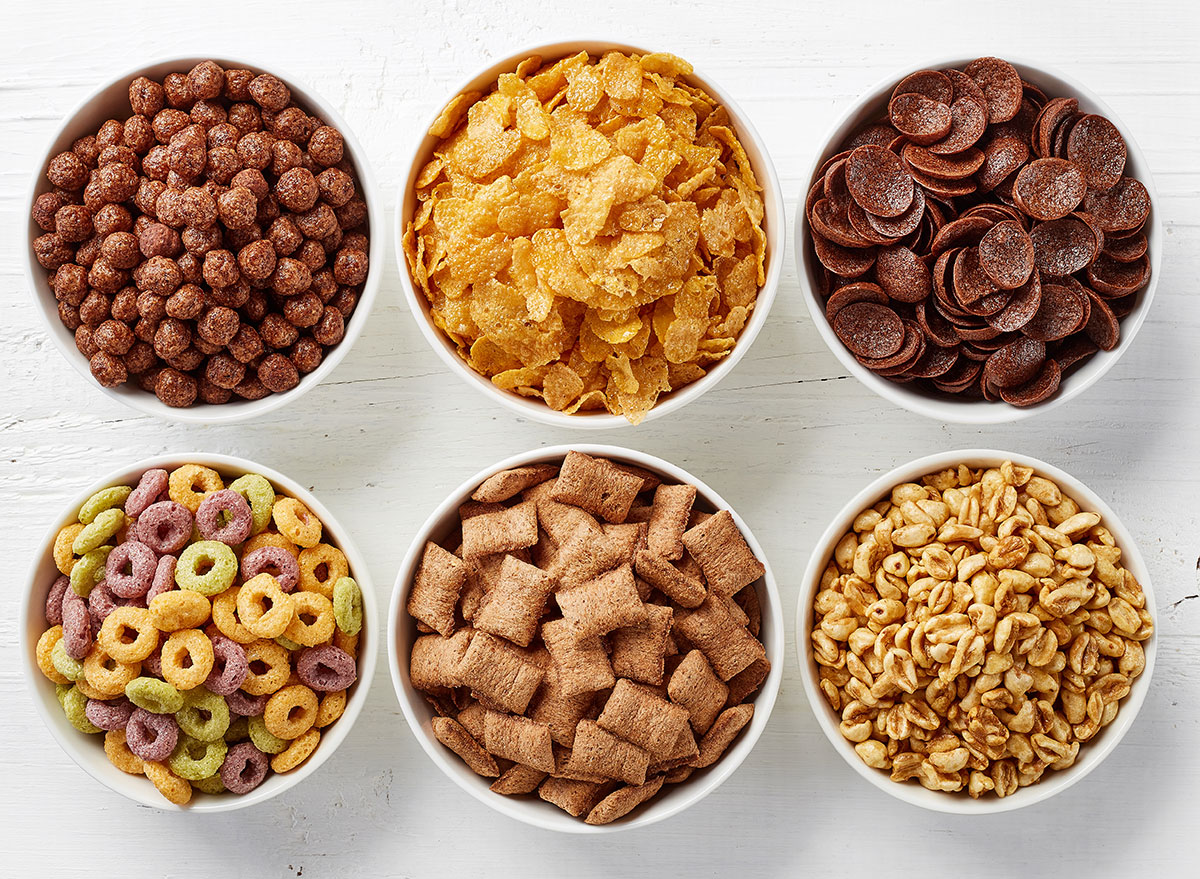When can you start eating chicken on an upset stomach?
As you start to feel better, you can progressively add skinless, boneless chicken breast to your soup. Try not to add any additional fats to your chicken or chicken soup while you’re healing (at least 3 days).
For a more substantial soup, consider incorporating cooked vegetables and rice or noodles into the broth. But, since the fats and oils in fried or spicy chicken can aggravate your stomach even more, it’s best to avoid them.
How does chicken soup help an upset stomach?
The American College of Gastroenterology suggests broth-based soups over other varieties for an upset stomach because they are:
- Low in fat
- High in water
- High in sodium
Soup’s salt content aids in the body’s ability to reabsorb more water, restoring any fluids lost while your stomach was upset. But if you have high blood pressure, choose low-salt options so you can still benefit from the fluids.
Soup is also easily digested when it’s not cooked in fat, and if you’ve recently experienced nausea or reflux, your stomach can handle it fairly well.
Fried Foods, Orange Juice, Coffee, Alcohol, Etc.

The list of foods that are irritative to the stomach and may make gastritis worse is long and varied, according to surgical gastroenterologist Madhan Kumar, MD, of iCliniq.com. “The caffeine in coffee is irritating to the stomach lining, but even healthy choices like very acidic foods like citrus fruits, orange juice, and tomato juice can irritate the stomach lining,” he says. Other foods on the long list of potential irritants include fried foods, dairy products, carbonated beverages, fatty foods, chocolate, and alcohol, among others. Anything thats deep-fried such as French fries and chicken nuggets can trigger heartburn and acid reflux.

Individuals with irritable bowel syndrome in particular may be sensitive to these carbohydrates and experience bloating and gas. According to Johns Hopkins Medicine, FODMAP stands for fermentable oligosaccharides, disaccharides, monosaccharides, and polyols, which are short-chain sugars that the small intestine absorbs poorly. “A low FODMAP diet can be quite limiting in foods that are needed and nutritious because many whole grains, fruits, and vegetables contain these compounds,” says food scientist Julie Miller Jones, PhD, emeritus professor of nutrition at St. Catherine University. “Many foods are eliminated from the diet for a few weeks, and then the foods are added back one at a time to identify which ones are problematic. Fructose (found in fruits, vegetables, and added sugars like high fructose corn syrup and table sugar), lactose (found in milk and other dairy products), fructans (found in many grains, including wheat and barley), galactans (found in legumes), and polyols (found in some fruits and vegetables, as well as in sweeteners like sorbitol and xylitol) are some of the most common FODMAP compounds. It is strongly advised that you consult with a qualified registered dietitian at every stage of the process because a FODMAP diet is extremely restrictive.

Even though theyre FDA-approved, artificial sweeteners like sucralose and aspartame that are found in “diet” foods like sodas and sugar-free candy can cause gut microbiome imbalances. In a 2018 study, researchers found that the bacteria found in the digestive system became toxic when exposed to concentrations of only one milligram per milliliter of artificial sweeteners. “This is further evidence that consumption of artificial sweeteners adversely affects gut microbial activity, which can cause a wide range of health issues,” said Dr. Ariel Kushmaro, PhD, one of the lead authors of the study. “The results of this study might help in understanding the relative toxicity of artificial sweeteners and the potential of negative effects on the gut microbial community as well as the environment”6254a4d1642c605c54bf1cab17d50f1e

Energy drinks contain caffeine and other stimulants and the water-soluble vitamin B3 known as niacin. The high caffeine content and/or niacin in these drinks have been shown to cause upset stomach and nausea, among other symptoms. While the risk of niacin toxicity is low, it can happen, according to Philadelphia-based nutritionist Beth Auguste, RD, of Be Well with Beth. “Its possible to over-consume so you do want to check the label to see what percentage of your recommended daily allowance these energy drinks contain,” says Auguste. Signs of niacin toxicity include flushing, dizziness, low blood pressure, fatigue, headache, upset stomach, nausea, blurred vision, and inflammation of the liver.

Non-organic grains used in sugary cereals—and especially oats—contain herbicides like glyphosate that can cause damage to the gut biome (healthy bacterial populations), says DJ Polzin, DO, a family medicine physician who practices telemedicine for nomadic travelers through wildbearmedicine.com. Imbalances in gut bacteria can trigger everything from gastrointestinal issues to such diseases as type 2 diabetes, obesity, cancer, and depression. Jeff Csatari Jeff Csatari, a contributing writer for Eat This, Not That!, is responsible for editing Galvanized Media books and magazines and for advising journalism students through the Zinczenko New Media Center at Moravian University in Bethlehem, PA.